Yoga To Improve Posture
| By Pranali | 0 Comments


Sarah
Ālaya Yoga
Yoga To Improve Posture
- March 9, 2022
YOGA FOR IMPROVE POSTURE
In today’s modern world of technology, we spend a long time on our phones, watching television, working away on our computers or scrolling through social media. Spending long hours hunched over on a chair or slouching on a couch can have adverse effects on our bodies. Especially for people who work in corporate jobs and a large chunk of their day just involves sitting in front of a computer.
This causes strain on your spine. Being hunched over for long durations can leave you feeling stiff in your body, and it can also cause irreversible damage to your posture and your spine. When we’re young, we’re all told to sit with our backs straight because maintaining good posture is so important for our bodies. As we grow older, however, and our work demands that we do the very opposite of sitting straight, our body slowly over time forms a habit of slouching. This may over time cause pain in your lower back, shoulders, and even your hamstrings.
This lifestyle brings with it the need to stretch and lengthen your body so that you can lessen the strain on your spine and your back from constantly being in a closed position. When you’re slouching, your breath is more shallow. Shallow breathing is the act of taking in a minimal breath, so your lungs don’t expand as they should. Rapid or shallow breathing can cause dry mouth, fatigue, or can even turn into panic attacks. Shallow breathing can also aggravate respiratory problems that may already exist.
As you practice regularly, you also gain a deeper awareness of the alignment of your own body and you may even find yourself making adjustments to your posture.
YOGA FOR POSTURE
Yoga can help your posture in numerous ways. The practise of stretching and lengthening your spine as you do in many yoga asanas can help reverse the damage that slouching may cause. It can help loosen up the muscles that may feel tight, but also, it can help you feel more relaxed in your body. With regular practice, yoga can also help alleviate any pain you may be feeling in your body.
As you practice regularly, you also gain a deeper awareness of the alignment of your own body and you may even find yourself making adjustments to your posture.
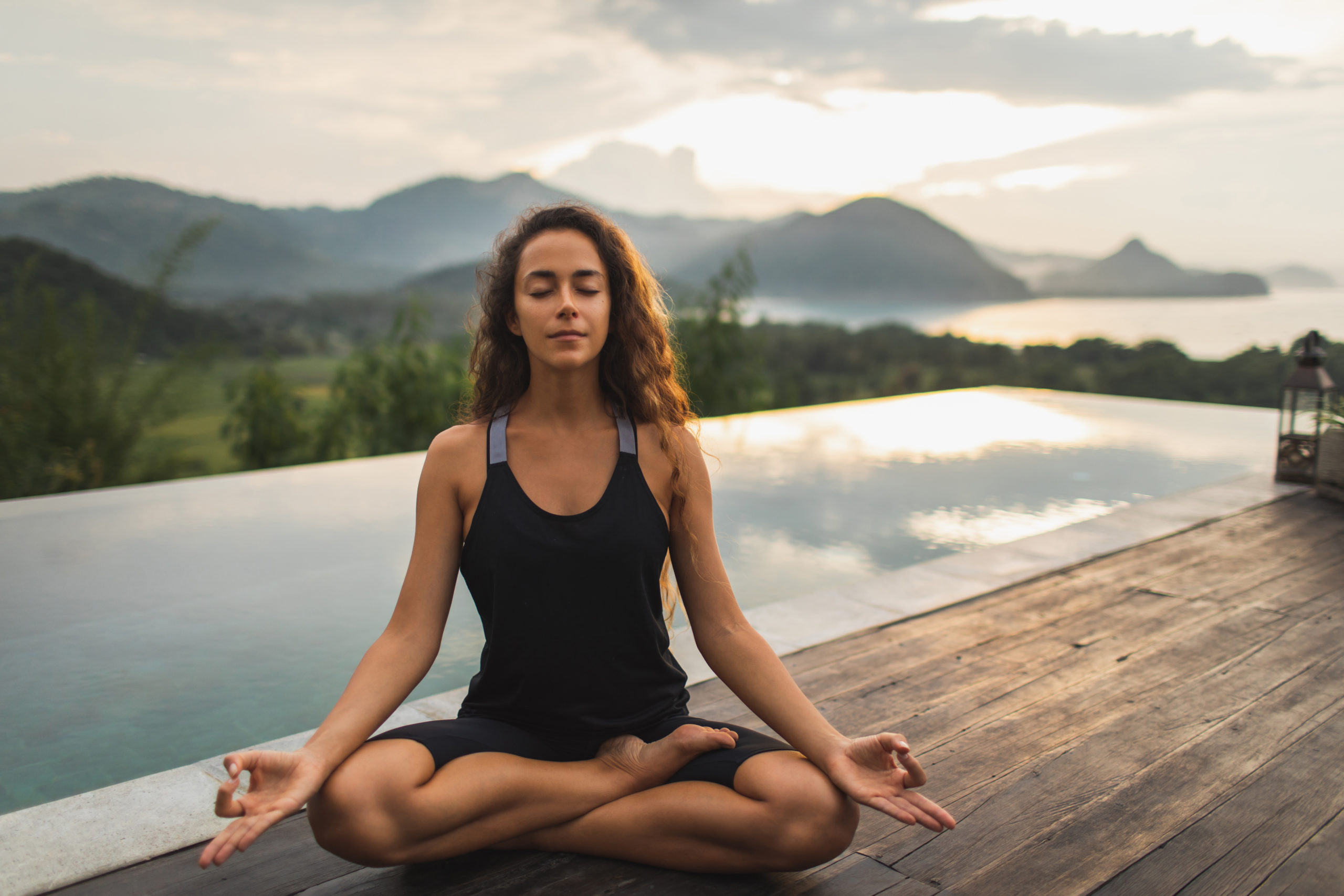
ASANAS THAT HELP WITH GOOD POSTURE
Backbends –
Asanas such as the cobra pose (Bhujangasana), wheel pose (Urdhva Dhanurasana), bridge pose (Setu Bandha Sarvangasana) and fish pose (Matsyasana) are all great for reversing the effects of a hunched back. These poses focus on lengthening the spine as well as opening the chest so you get a stretch all through the front of your body.
Twists –
Spinal twists are a great tool to help improve your posture. Triangle pose (Trikonasana), Supine spinal twist (Supta Matsyendrasana), chair twist (Parivrtta Utkatasana) as well as the eye of the needle (Sucirandhrasana) are poses that help you lengthen, strengthen and release any tension that you may be holding all throughout your back, and in your shoulders. They can also help alleviate any pain you may be feeling in your body due to bad posture.
Grounding poses-
Standing and grounding poses such as tree pose (Vrikshasana) are great to help you achieve balance and stability in your body. Mountain pose (Tadasana) in particular, is a great pose to help correct muscle imbalances as well as enhance posture. It also helps to deepen your own awareness of how small adjustments in your body can help you feel mental as well as physically more aligned in your posture.
PRANAYAMA
The breathwork involved in yoga gives you the chance to focus on your breath more and to find some time to be present in the busy schedules that we all endure in today’s world. When we’re doing pranayama or any kind of meditation, it’s also important to sit straight and keep in mind that your spine is long and your back is straight so that all the energy channels in your body are aligned.
But more than that, finding even 10 minutes in your daily routine to sit and focus on breathing evenly and deeply can provide you with so many health benefits. It can help reduce stress, calm your mind, reduce high blood pressure and increase lung function. Pranayama offers many different breathing exercises that work to reverse the damage caused to your lungs through shallow breathing for long durations. Bhrammari breath (bee breath), Alternate nose breathing (Nadi Shodhana), as well as Nadi Shodhana with breath retention (Kumbhaka) are some pranayama exercises you can use during your practice.
If you’re in a profession that has you sitting for long durations, make sure to get off your chair and walk around every 20-30 minutes so that your body can readjust. There are even some chest opening asanas that you can do sitting in your chair.
Conclusion
It can be hard to be aware of your posture all the time. Yoga can directly target back problems, and help you fix your posture over time. You need only take little steps in your daily routine to combat bad posture. A little bit of mindfulness can go a long way to prevent injury or strain to your body. Even a small consistent practice can help you feel lighter in your body and your mind so that you have increased productivity the next day.
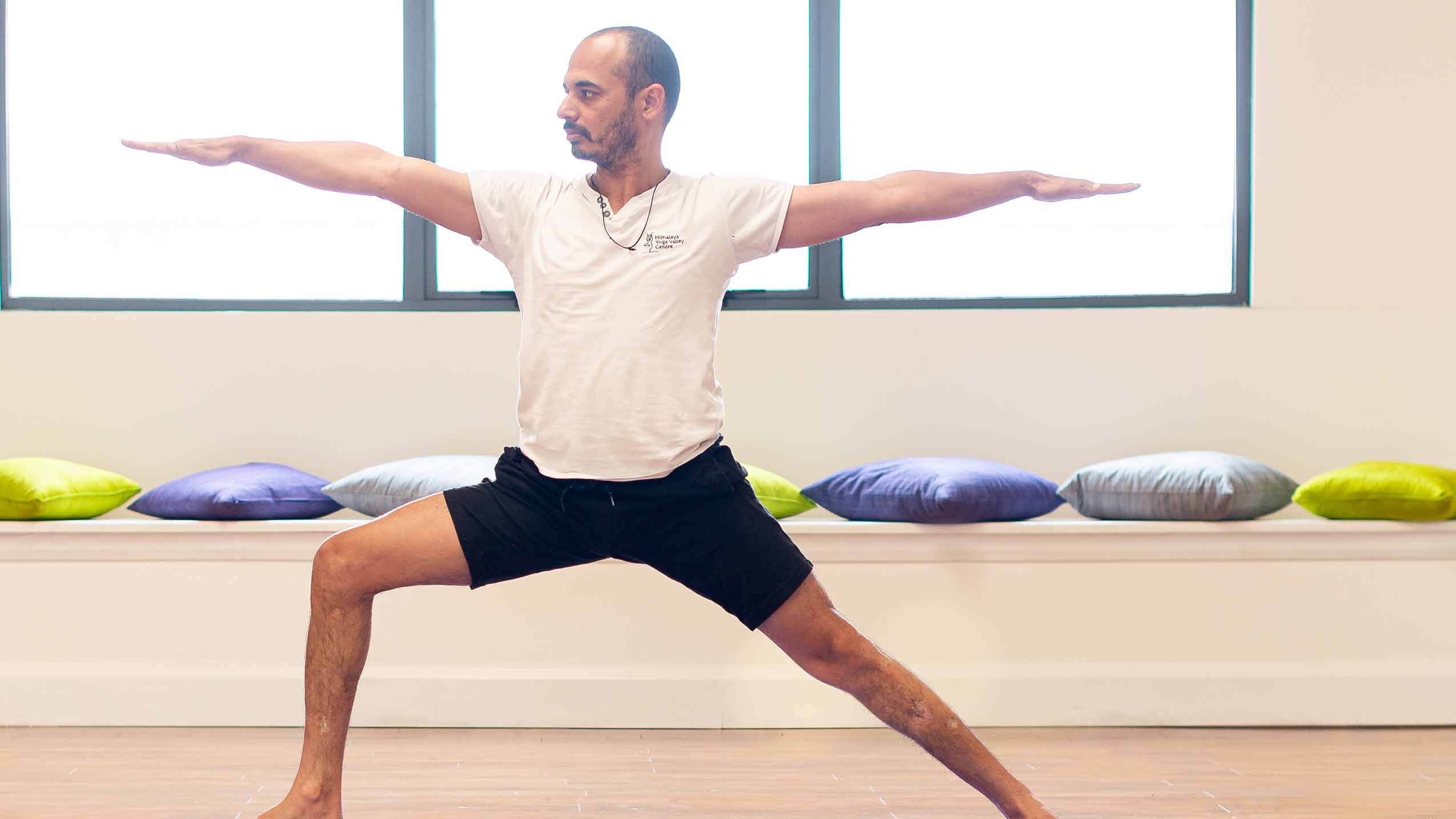
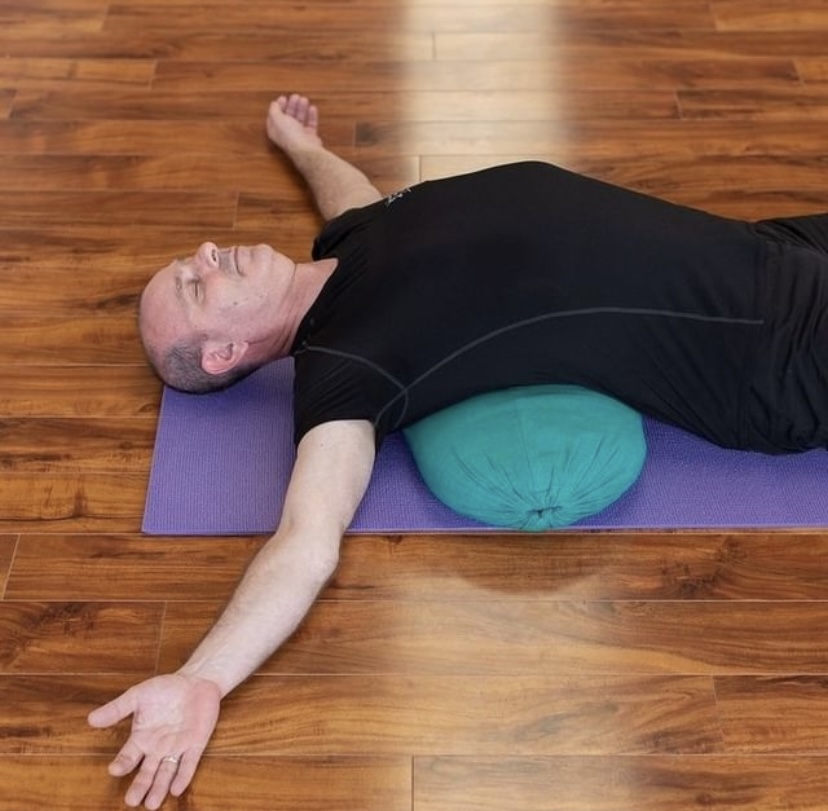
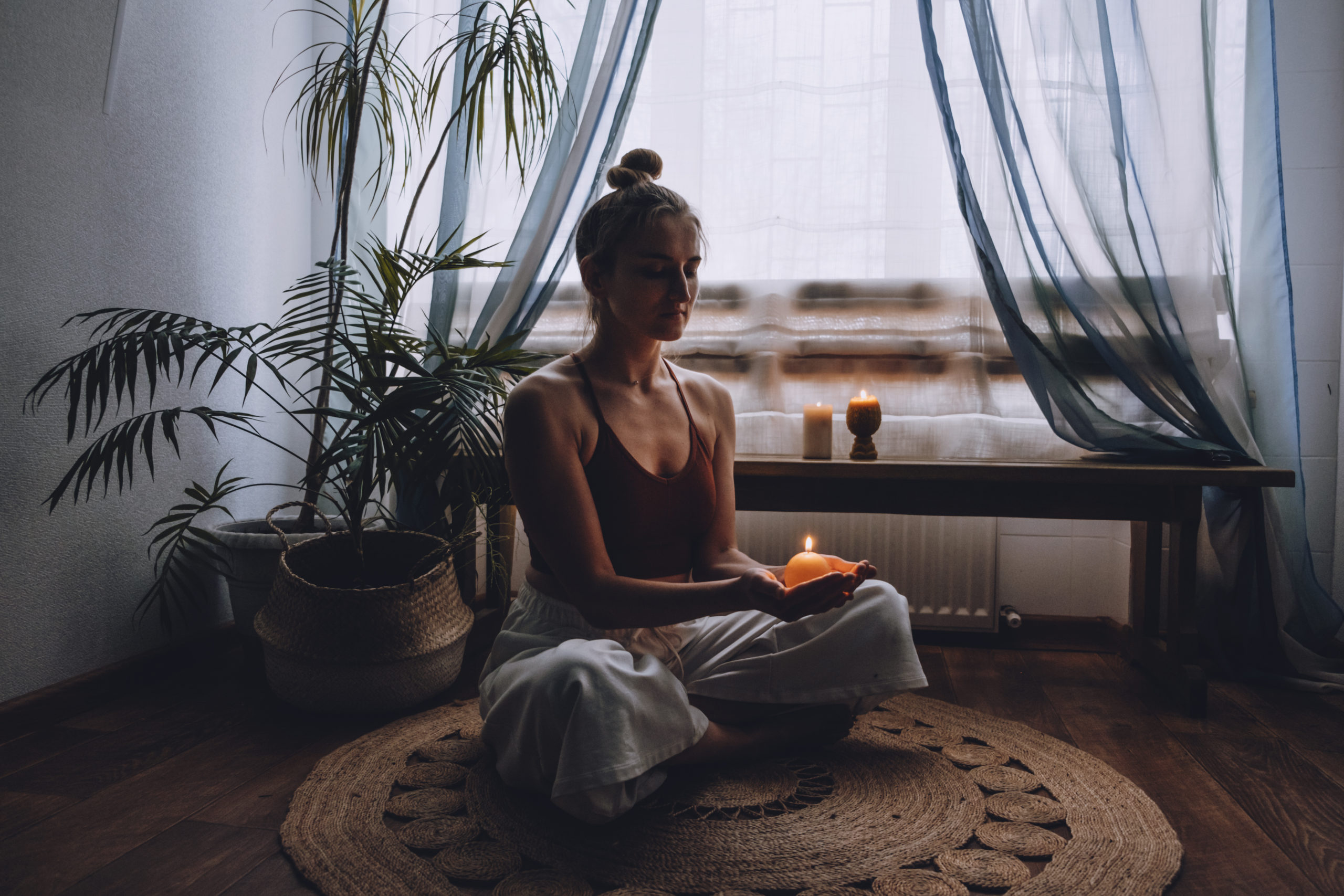
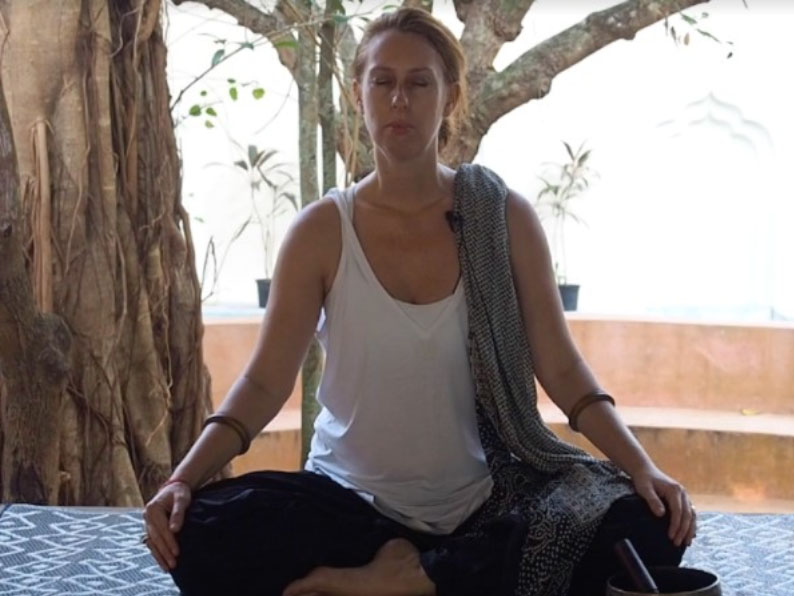
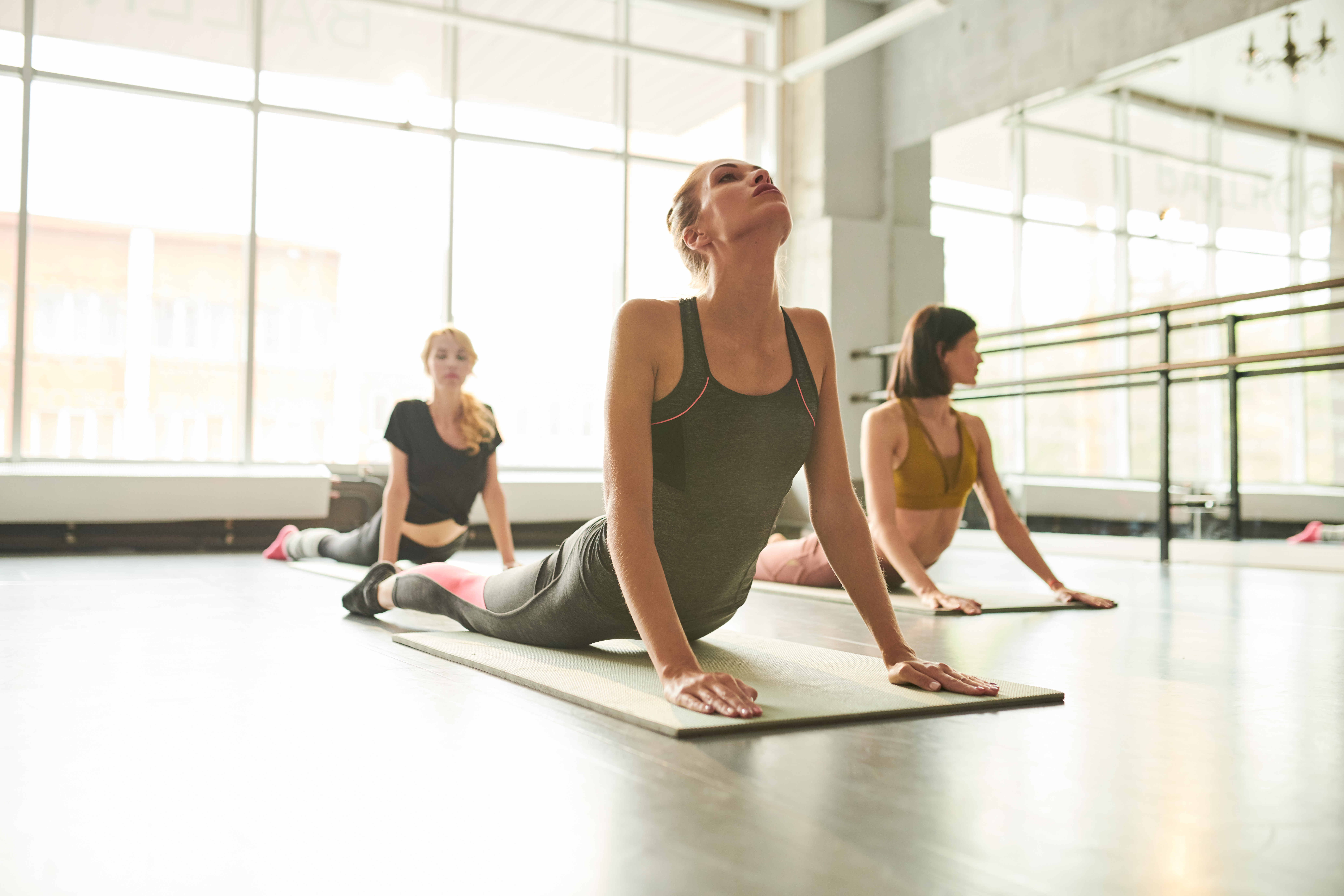

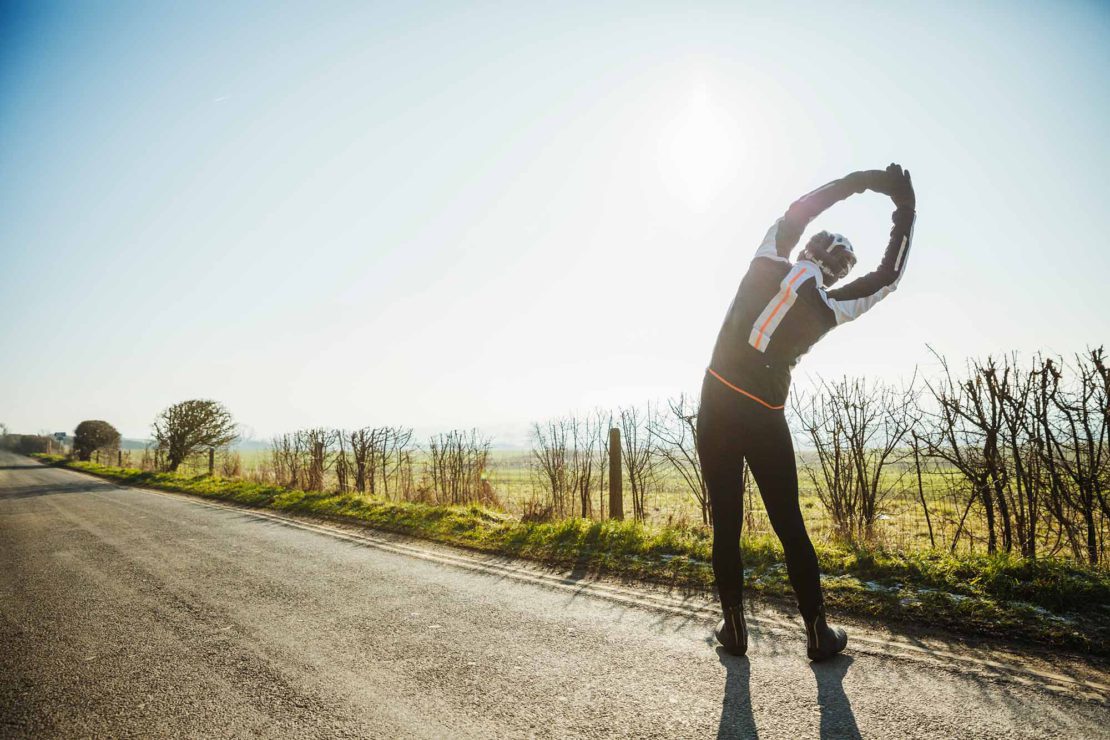

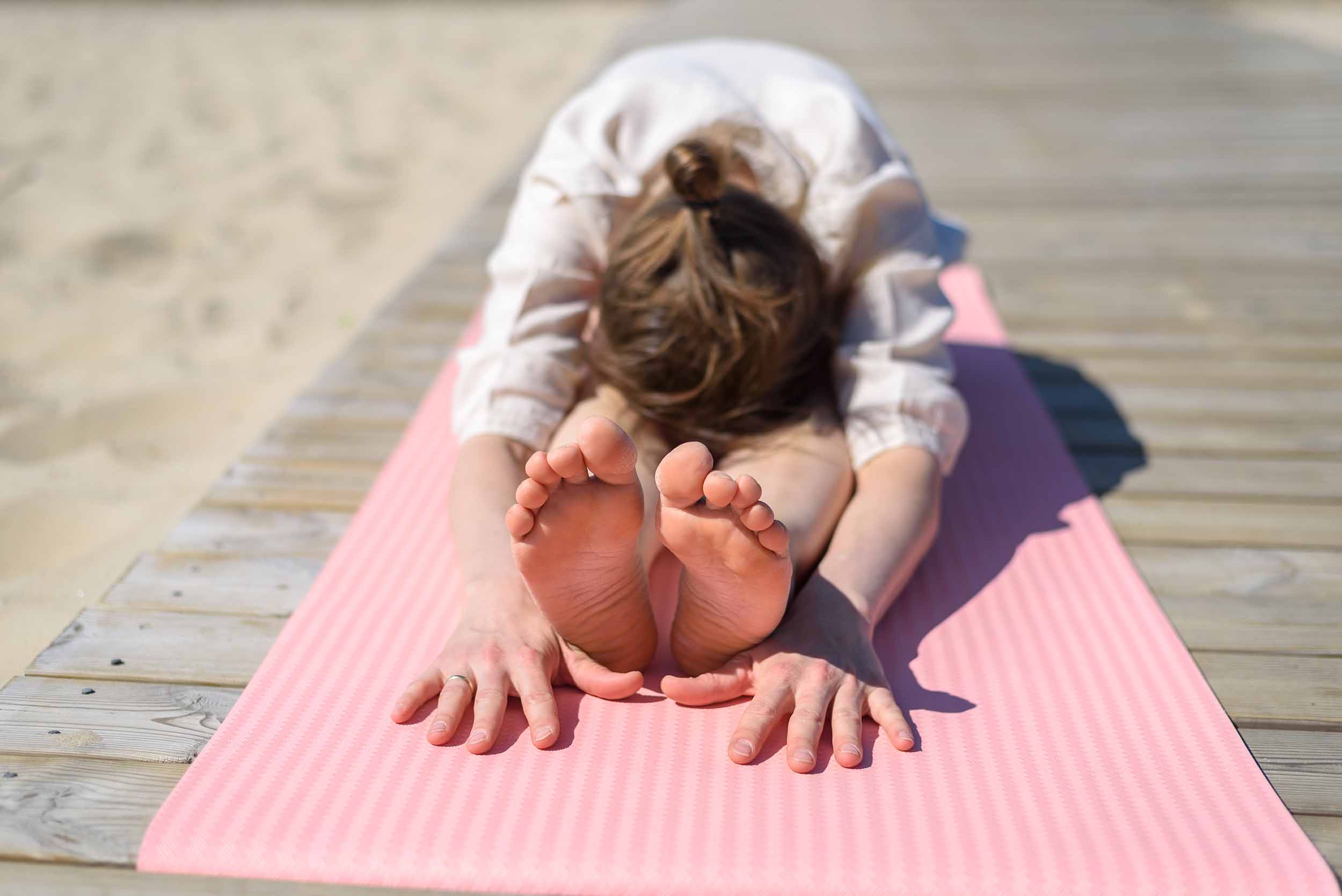

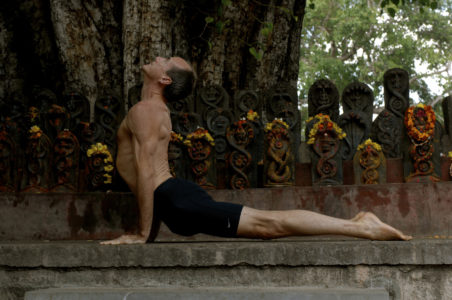
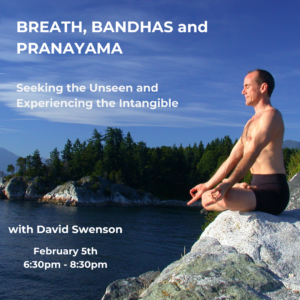 BREATH, BANDHAS and PRANAYAMA
BREATH, BANDHAS and PRANAYAMA